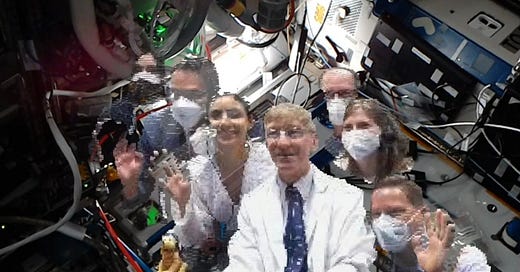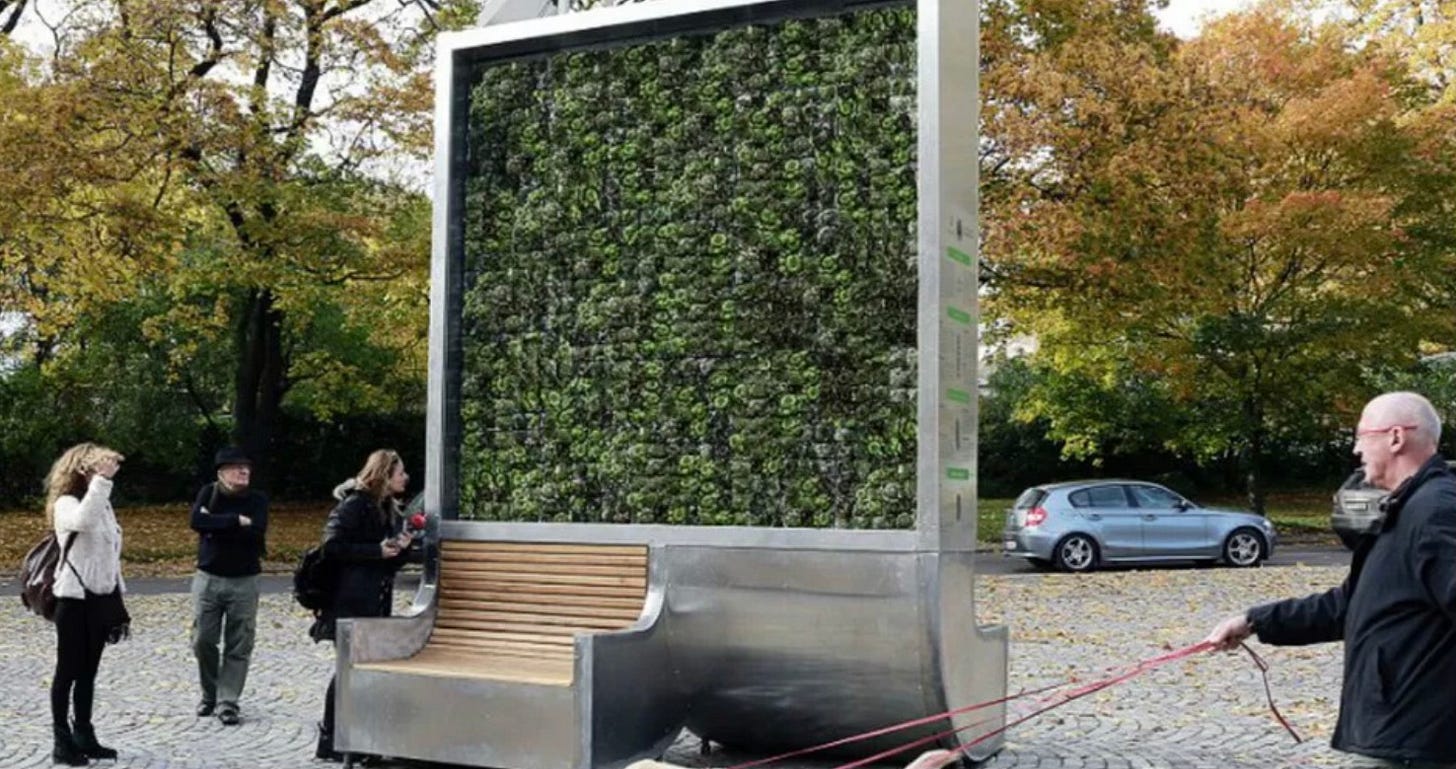Preparing children for jobs that don’t exist yet is like chasing a finish line that hasn’t even been marked—or betting on a horse that hasn’t been born. It’s a notion I wrestle with constantly, yet it keeps resurfacing in discussions about technology, innovation, and education.
In my reluctance to accept the phrase I have at last found some peace with it. If you look past the ambiguous language, the intention is pure. People are not happy with the current model of educating children - and they want change. I agree. The future they speak of is a metaphor—used to convey abstract ideas or emotions tied to time, opportunity, or challenge.
We humans rely on metaphor to describe our relationship with the world around us— we never merely see, we see as. The human condition has taught us to interpret and understand through comparison. Take technology and the innovation behind it as an example. You often hear phrases like:
"The internet is a web"
“Data is the new oil”
"A computer is a brain"
"AI is a genie"
"Innovation is a spark"
We use metaphor as a way to help make sense of these complex ideas. It is these complex ideas that I think are the real fuel behind future-thinking. To explore this more closely, we can explore some lesser-known jobs that exist today. This will allow us to delve into the ideas that drive them and the thought processes that brought them to life.
The Hologram Doctor
The profession of doctors has stood the test of time, existing for centuries as a vital cornerstone of human society and healthcare. NASA is utilising 3D telemedicine to “teleport” doctors to the International Space Station (ISS). By leveraging hologram technology, such as Microsoft’s Hololens camera, they can project high-quality 3D models of doctors directly into the space station. This innovative approach is part of NASA's efforts to ensure astronauts receive the medical care they need in space.
Image: ESA (European Space Agency) astronaut Thomas Pesquet
Telemedicine has grown rapidly since the COVID-19 pandemic, enabling doctors to reach patients safely. Now, NASA is using this technology to holoport doctors to the International Space Station, revolutionising space healthcare. Being a ‘Hologram Doctor’ then is just an extension of the real profession albeit as a digital extension.
What I like about this approach is that it tackles a problem with an innovative solution, much like the next example.
Chemo Drone Pilot
The NHS has partnered with tech company Apian to use drones for delivering chemotherapy, which is often difficult to transport due to its short shelf life. This innovative solution will reduce delivery time from four hours to just 30 minutes, benefiting cancer patients on the Isle of Wight (UK) who currently travel to the mainland for treatment. Each drone delivery eliminates at least two car journeys and one ferry trip, reducing carbon emissions and improving air quality for both patients and the community.
This pioneering approach tackles the complex issue of chemotherapy’s short shelf life with an innovative solution. Flying drones isn’t as simple as it looks—it demands a unique set of skills. Perhaps it’s time to consider teaching these skills to children as part of a broader digital literacy curriculum, preparing them for the future of technology and healthcare.
Carbon Sequestering Engineer
The role of a Carbon Sequestering Engineer is not commonly titled as such, but the job itself does exist in various forms within the fields of environmental engineering, climate science, and renewable energy. Professionals working in carbon capture and storage (CCS), carbon management, or sustainable engineering often focus on technologies and methods for sequestering carbon, such as developing systems to capture CO₂ from the atmosphere or industrial processes and store it underground or in other safe forms.
While "Carbon Sequestering Engineer" may not be a widely used job title, the work related to it is a growing area of focus in combating climate change.
In my school, 84 students joined 76k children nationally when they entered the ‘If I were an Engineer, what would I do?’ competition. The task was to identify a problem and then create an innovative engineering solution. I'm thrilled to announce that two students from our school won! One of them designed a CityTree as part of her entry. Here’s what she wrote to the judges:
The name "CityTree" might be a bit misleading, as it's actually a 13-foot wall of moss, offering public seating on either side. Designed to be self-sustaining, it features solar panels and rainwater collectors and even has Wi-Fi capability. It can match the environmental impact of up to 275 urban trees, using specialised moss cultures and vascular plants that absorb particulate matter (PM), nitrogen dioxide, and ozone—offsetting a total of 240 tons of CO2-equivalents annually.
Her motivation for becoming a Carbon Sequestering Engineer was to reduce roadside pollution and create cleaner air in her community. This type of thinking gives me hope. Rather than wasting our time talking about jobs that don’t exist - we should focus our energies on those that do, and prepare our students to thrive in them.
Hologram Doctors, Chemo Drone Pilots, and Carbon Sequestering Engineers—these job titles jump off the page and grab the attention of universities and employers alike! And here’s the thing: these roles already exist. We should be guiding our students toward these exciting, future-focused careers! We need more young people to step up and take charge of the issues that matter to them. Children should see how what they learn connects to the real world! While our current curriculums do offer some relevance, what's often missing is the ability to link ideas across different subjects.
The real game-changer? Teaching students to think across disciplines! This approach, known as Interdisciplinary Learning, is exactly what I'll be diving into in next week's piece. Stay tuned!
Footnote
If you are a teacher reading this, primary to secondary why not enter your students into the ‘If I were an Engineer, what would I do?’ competition. Last year, out of the 76K entries, 52% were female which speaks a shift in the STEM sector. It is a great competition. Entry is free via post and there are other benefits, such as interviewing an Engineer. The kids love this and it builds the real world relevance I speak about in the writing above. Application are open now and close in March 2025. Here is the link:






